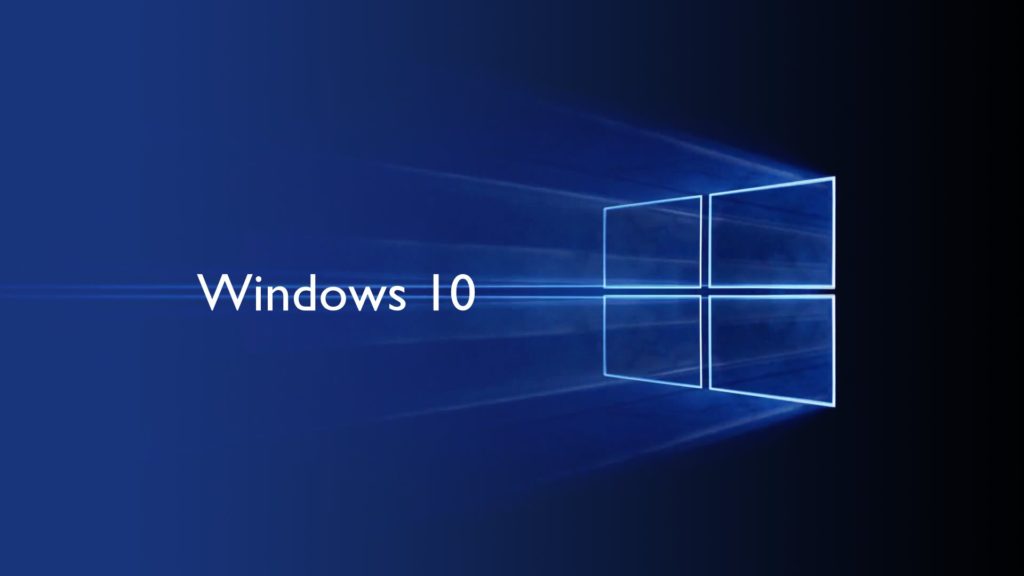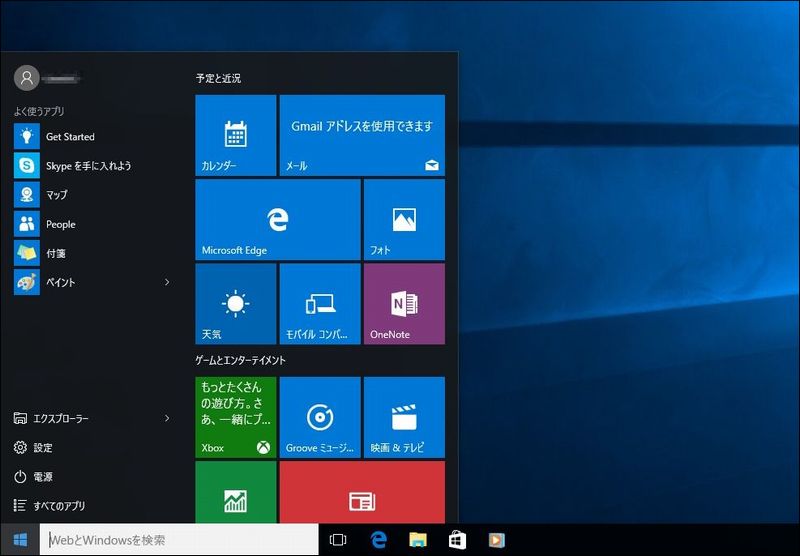[Deadline approaches] Recommendation for Windows 10 free upgrade

table of contents
*This article does not force you to upgrade to Windows 10.
We cannot be held responsible for any problems after updating.
This is Yamada from the Systems Department.
In July last year, the upgrade version of Windows 10 was released for an unprecedented ``free'', albeit for a limited time, but
finally, about a month later, on July 28, 2016, it reached its first year, and the ``free'' period ended. It will end.
Click here for the price after the free period ends
| Windows 10 Pro | 25,800 yen |
|---|---|
| Windows 10 Home | 13,800 yen |
When it comes to free releases, I feel Microsoft's strong will to win back users, but
recently the strength of that will has been so obvious that some users have been confused ^^;
Will we go that far!? Windows 10 updates are too pushy
Well, I don't think it's okay to force it on people who don't want it, but
I've been using it for about a year since it was released, and my impression is that it's not that bad (in fact, it's definitely better than Windows 8).
Just as 7 was easier to use when it was moved from Vista to XP, the specifications feel like it was moved from 8 to 7.
So, this time I would like to introduce the new features of Windows 10 that I personally feel have improved.
1. The start button is back
 I think this is absolutely necessary as long as Windows has this UI.
I think this is absolutely necessary as long as Windows has this UI.
Rather, why was it deleted in Win8?
The start button and app tiles are displayed at the same time,
making it much easier to access various functions.
What's more, the search box next to the start button is also excellent as it allows you to instantly access various functions within the WEB/OS.
2. Virtual desktop is now available
 It's a common feature on Macs now, but it's finally coming to Windows as well.
It's a common feature on Macs now, but it's finally coming to Windows as well.
If you don't mind shortcut keys, this is a great and convenient feature.
Add virtual desktop with Ctrl + Win + D
Switch virtual desktop with Ctrl + Win + ← or →
Close virtual desktop with Ctrl + Win + F4
3. The app window is now easier to use
In Win8, the email app filled the screen, which was incredibly annoying, but with
the new Windows, you don't have to worry about that.
Each app can be resized as needed.
This is what motivates desktop users to try using Windows apps.
4.Continuum is super convenient
This
is a feature that allows you to seamlessly switch between easy-to-use UIs for tablets (touch operations) and desktops (keyboard and mouse operations).
It's especially effective on netbooks and tablet PCs like the Surface.
When I was forced to use a touch-based UI on Win8, I really didn't know what to do, but
now you can use Windows10 on any tablet or desktop! You have a choice.
5. Email and schedule apps are surprisingly easy to use
The email and schedule apps can each share an account, so
once you set up an account in either, you don't have to set it up in each app.
You can also easily set up a Google account, so you can quickly access your gmail and Google calendar.
Well, it's like this.
Other things
I haven't tried out the voice recognition assistant "Cortana" much yet.
We recently added support for Japanese.
The new browser ``Edge'' is lightweight and feels better than IE, but I
think it makes sense to switch to Google Chrome in terms of weight, and FireFox in terms of high functionality.
There was also talk of making it compatible with plug-ins for both browsers, so I guess it depends on that.
I haven't had a chance to try biometric authentication "Windows Hello" since there are too few compatible devices (;_;)
Facial recognition seems useful, and I wish they would expand the range a little more. . .
However, it's not like there aren't any bugs that are rumored, and it seems like there are still bugs left.
I've installed it on 5 or 6 PCs at work and on friends' PCs, and
the same problem occurs on every machine, whether it's a laptop, desktop, or tablet.
After upgrading to Windows 10, what to do about the start menu not appearing/opening in Windows 10
When upgrading from Windows 7/8, the upgrade installation is selected by default, but
the startup speed is noticeably slower compared to a clean install. In my environment, it was more than twice as different.
I think there were many software malfunctions during the upgrade installation.
However, the same problem occurred when upgrading the previous OS, so I
thought it would be better to do a clean install as before without giving up.
In other words, it's bad that the default is to inherit the state of the previous OS. . .
Well, I wrote a lot of bad things, but I still think it's much easier to use than Windows 8.
It's light and fast. I'm sure the bugs will be fixed more and more in the future, and if it's free it's totally fine.
Also, Microsoft has said that this is the last time it will update Windows,
so I think this is a good chance considering support and other issues.
In any case, new things are always subject to criticism, but
I think it's best to check it out for yourself and not be swayed by information on the internet.
Of course at your own risk! !

 0
0







